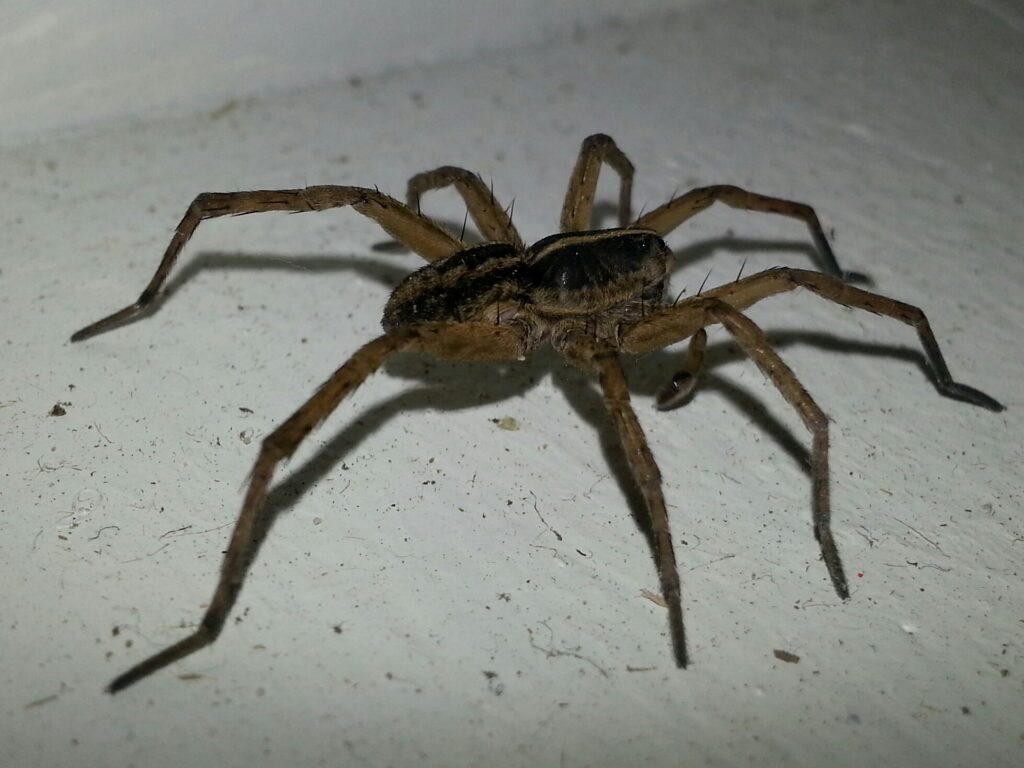 The thought of your child unwittingly escorting bed bugs into the sanctity of your home can be unsettling. Knowing what bed bugs look like on sheets is the first line of defence against these stubborn pests. Taking proactive steps to educate your family about bed bug detection and promoting cautionary habits can significantly reduce the risk of infestation.
While it may seem daunting, understanding how to get rid of bed bugs begins outside the home, at the source of potential exposure. Insights from experts in bed bug pest control reveal that prevention hinges on awareness and strategic practices, setting up a barrier between these pests and your family's health.
Before you panic and consider wrapping your child in a bubble, ready to face the inevitable at-home bed bug infestation, Truly Nolen—the expert in proactive pest control—is here to help you safeguard your sanctuary. In this comprehensive guide, we’ll shed light on the often silent yet robust and contagious bed bug population hiding in your schools and beyond.
The thought of your child unwittingly escorting bed bugs into the sanctity of your home can be unsettling. Knowing what bed bugs look like on sheets is the first line of defence against these stubborn pests. Taking proactive steps to educate your family about bed bug detection and promoting cautionary habits can significantly reduce the risk of infestation.
While it may seem daunting, understanding how to get rid of bed bugs begins outside the home, at the source of potential exposure. Insights from experts in bed bug pest control reveal that prevention hinges on awareness and strategic practices, setting up a barrier between these pests and your family's health.
Before you panic and consider wrapping your child in a bubble, ready to face the inevitable at-home bed bug infestation, Truly Nolen—the expert in proactive pest control—is here to help you safeguard your sanctuary. In this comprehensive guide, we’ll shed light on the often silent yet robust and contagious bed bug population hiding in your schools and beyond.
Your Child's Risk: How Bed Bugs Travel in Schools
Children are mobile little explorers, social butterflies who spread their wings in quite literal terms. But beneath the innocence and feverish schoolyard discoveries lies a silent danger—the potential risk of bringing bed bugs home. Picture this: one infested child’s bag or sweater here, another infested sofa cushion there, and before you know it, it's a well-choreographed symphony of infestation in your home. Reports from the front line (AKA, frantic parents) reveal a common thread for these vampiric creatures. Bed bugs, unlike name-suggesting counterparts, have an active day on bustling campuses. They latch onto belongings with ease, from textbooks to gym clothes, perpetuating a community spread that is the nightmare of any conscientious guardian. It's one thing to say bed bugs are on the move, it's another thing entirely to recognize them. These flat, apple seed-shaped pests are about the size of an adult ladybug, but with a talent for hiding in plain sight. Parents need to know that bed bugs on sheets or bags often go unnoticed, especially in daylight hours, giving them ample time to perfect their disguise.Diagnostic Measures: Detecting if Your Home is the Next Stop
They've invaded your child's school and are looking for more. You can't completely bed bug proof a school, but you can fortify your home with vigilance. Here's how to determine if bed bugs are already in. You need to be Sherlock in your own home. Look for signs such as rust-coloured spots on sheets and mattresses, bloodstains from bed bug bites, excrement specks, and always be on the lookout for the pests themselves. Bed bugs aren't exactly big talkers. Their presence is indicated purely by telltale signs, making detection a game of observational skills. Once you've confirmed a bed bug presence, the first step is crucial—control your reaction. Overwhelming panic doesn’t solve the problem; we need calm, collected action to address the issue before it spreads further.

